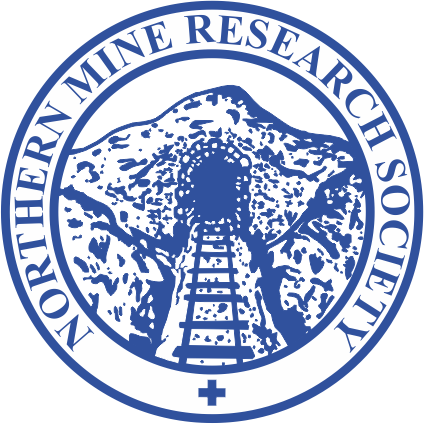Single Record
New Search
Full Details
- Surname
- BAXTER
- Forename
- David
- Day
- 22
- Month
- 10
- Year
- 1937
- Age
- 51
- Occupation
- Colliery manager
- Mine/Quarry Name
- Skellyton
- Mineral Worked
- Coal
- Owner
- Darngavil Coal Co. Ltd
- Location
- Hamilton
- County
- Lanarkshire
- Details of Event
- 22 October 1937: Lanarkshire Inquiry - Sequel to Pit Explosion – Formal Verdict Returned - The mysterious explosion at Skellyton Colliery, Larkhall, Lanarkshire, on October 22 last, when the colliery manager, David Baxter (51), Leafield, Dalserf, and Charles Laird Lyle (52), the colliery fireman, 35 Strutherhill, Larkhall, met their deaths, was the subject of a Fatal accidents Inquiry by Sheriff Norman Walker and a jury at Hamilton yesterday. Mr J.C. Patterson, Procurator-Fiscal, conducted the inquiry. The Mines Department was represented by Mr T. Ashley, Divisional Inspector for Mines in Scotland and Mr A. Stoker, Inspector for the Western Area of Scotland; the Lanarkshire Miners', Union by Mr J. C. E. Hay, solicitor, Hamilton, and Mr James M'Kendrick, general secretary of the Union; the Scottish Coal Owners' Association by Mr R. Rogerson, solicitor, Glasgow; and Lyle's relatives by Mr John Limond, of the Scottish Shot Firers' Association.
Dr John Parker, Larkhall, said that about five o'clock on October 22, he was summoned to Skellyton colliery and informed that an explosion had occurred. He went down the pit, and later examined the bodies of Baxter and Lyle. Death was due to severe burning and asphyxiation. Dr John Anderson, Glasgow, who conducted a post mortem on the bodies said there was evidence of carbon monoxide in that of Baxter. This showed that he had breathed after the explosion although he was then probably unconscious.
Tests for Gas - Evidence that there had been gas in the section and that the miners had been turned back because of this was given by Samuel Hamilton, oncostman, Scott Street, Larkhall, Hamilton said he had a fireman's certificate, and helped the fireman at the colliery. On the morning of October 22 he went to the Clyde Head Section. He tested for gas and found gas to the extent of 2 1/2% at the coalface, and there was also some at the fan which controlled the ventilation. He informed the fireman Lyle, who, in turn, notified Baxter, the manager who had come on the scene. Hamilton stated that as soon as he detected gas he turned the miners back from .the-section, and no work was done that forenoon. Lyle ordered the fan, which was controlled by an electric motor, to be stopped, and steps were taken to clear the section of gas. About 11.30 the fan was restarted. Witness left for his home about 12 o'clock and was not at the colliery, which was owned by the Darngavil Coal Company (Ltd.), when the explosion occurred. In answer to Mr Stoker, witness said he, saw no reason why there should have been such a quantity of gas in the section: A fall might have caused an accumulation of gas.
Under Managers Evidence - John Brown, under-manager at the colliery, residing at Millburn Cottage, Larkhall, said he last saw Baxter and Lyle alive at 2.30.on the afternoon October 22. About three o'clock he warned the afternoon shift men not to go into the section until they heard from Baxter everything was all right. “I was in the Barrier section when a workman told me an explosion had occurred at the Clyde Head section” Brown continued. “The alarm was raised that Baxter and Lyle were trapped. I made preparations for stretchers, bandages, and smoke helmets, and issued a warning to the rescue brigade. I put on a helmet and left for the scene. There was every evidence of an explosion. I got through as far as the fire, but was still about 200 feet from the men, and the rescue brigade was sent for. Baxter and Lyle were brought out by them they were dead.”
The jury returned a formal verdict; that the deceased sustained injuries as the result of an explosion from which they died. [Scotsman 17 December 1937]
error: Content is protected !!
error: Content is protected !!

